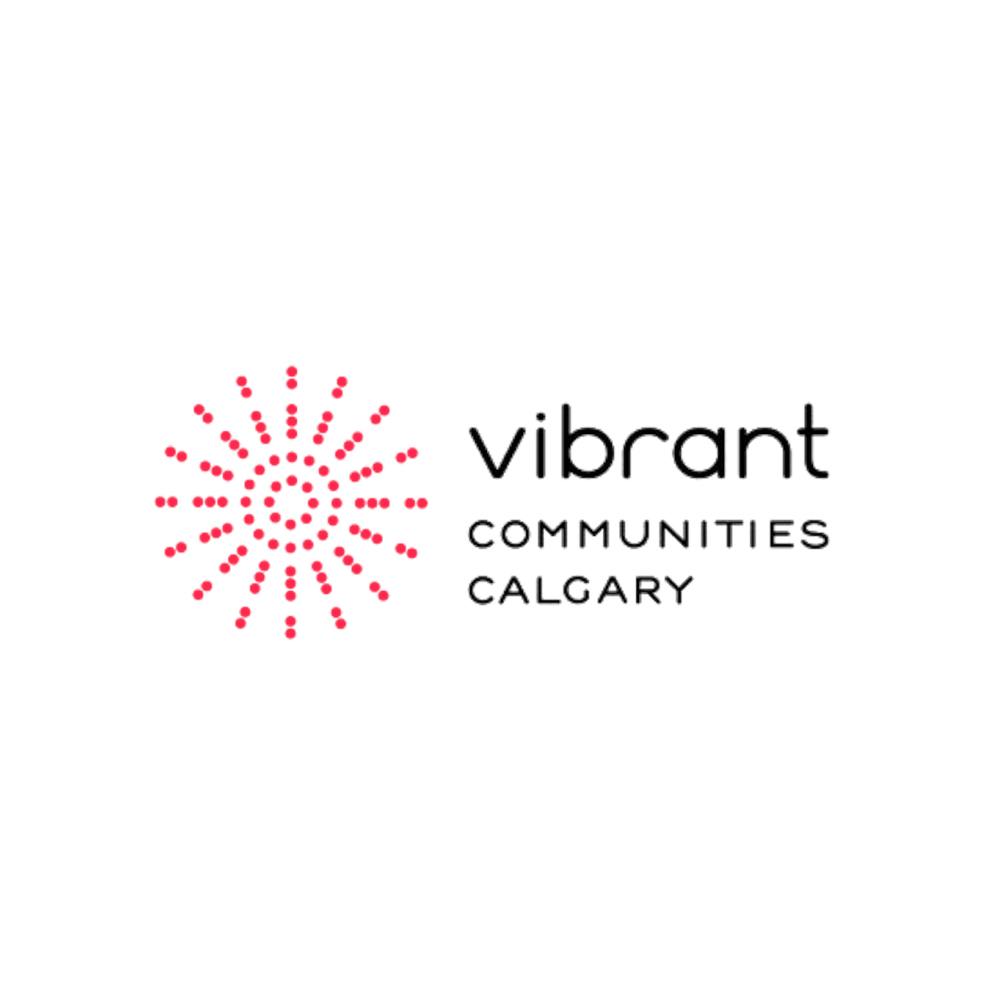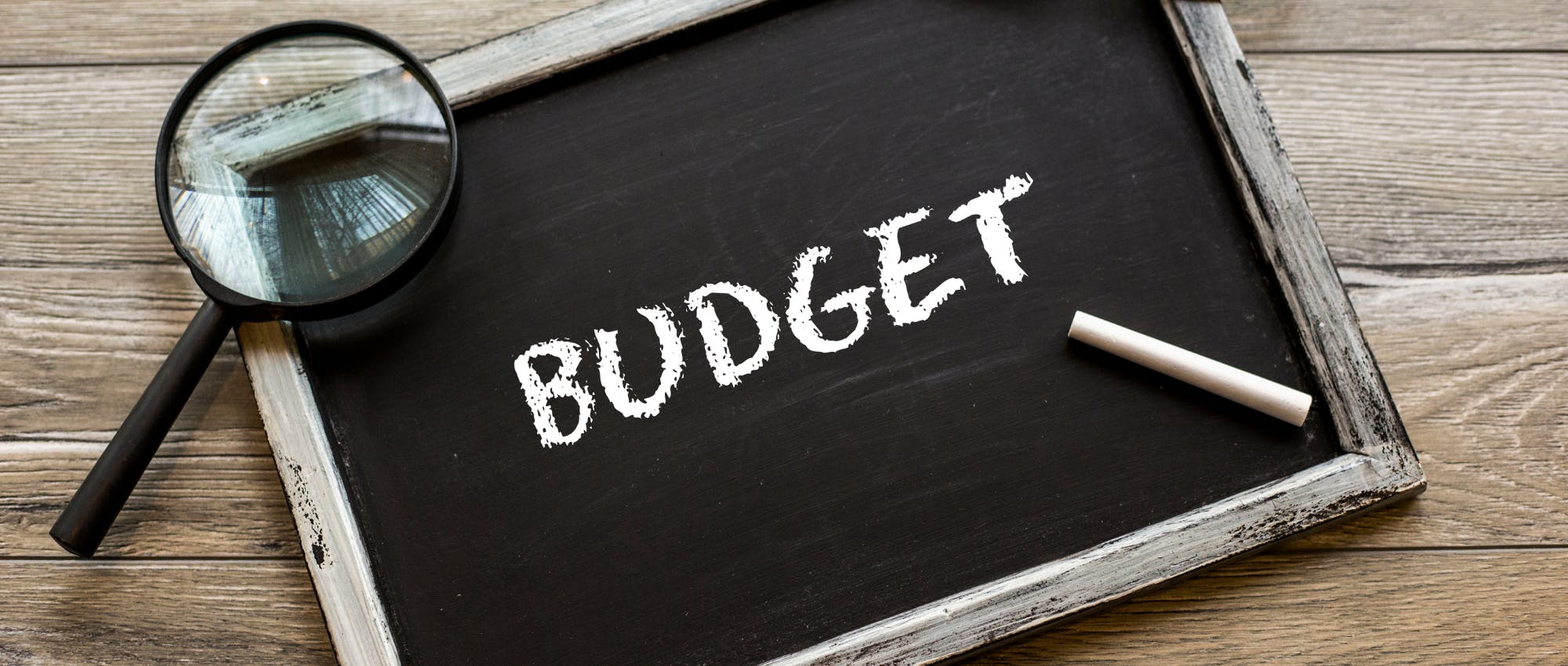By BRENNAN DOHERTY StarMetro Calgary
CALGARY—The poorest Albertans spend more of their budget on housing than they did eight years ago — and also appear to be buying less food, according to a University of Calgary report released Thursday morning.
Ron Kneebone and Margarita Wilkins, professors with the university’s School of Public Policy, suggest in their report that between 2010 and 2016, Albertans with incomes in the bottom 20 per cent started devoting less of their budget to food and energy consumption — both gas and heating — but more to shelter costs. In 2010, the lowest-income Albertan households spent $41,145 a year. Six years later, that number had decreased to $38,756.
Devoting less of a budget to food does not necessarily mean poor Albertans are going hungry, Kneebone told StarMetro Calgary. It could mean that people are cutting back on dessert, for instance, but are still getting enough to seat.
“What we can see from these data is that people at the low end of the income distribution are devoting less of their total budget to food,” Kneebone told StarMetro Calgary. “But we can also infer, because food prices went up, that they must be buying a smaller quantity of food.”
However, organizations that study poverty in Calgary said that the city is seeing an increase in hunger and food insecurity from the poorest Calgarians. Nevena Ivanovic, public policy co-ordinator with the Women’s Centre of Calgary, said her organization has seen a 15 per cent increase in referrals to the Calgary Food Bank over the first six months of 2018, compared to last year. The report doesn’t surprise her.
“Families tend to remain longer than previously on our food program, and more women are asking to join it,” she said. “We also see more women and families struggling with food insecurity just walking through our doors, hungry.”
The report notes that food prices in Alberta rose by 15.5 per cent, while shelter costs rose by 9.8 per cent and energy prices fell by 7.3 per cent. But between 2010 and 2016, average spending across all income levels rose — except for the poorest Albertans.
While the cost of food is partly to blame, the report said rising shelter costs — including rent and mortgage payments — tend to “crowd-out” food and energy consumption for most income levels, especially the poor.
When this happens, poorer Albertans may choose to spend less at a grocery store if it means paying the rent.
“What do you do with that? Ultimately, you go to a food bank,” said Franco Savoia, executive director of Vibrant Communities Calgary, a poverty-reduction organization based in the city.
He added that the city needs to increase its supply of affordable housing. Only 3.6 per cent of housing in Calgary is classified as affordable, Savoia said, compared with a national average of 6 per cent.
Meanwhile, richer Albertans are seeing their budgets grow. And while they’re also spending less on food as a total share of their budget, Kneebone explained, that doesn’t translate into richer families going hungry.
“Although they spend a smaller fraction of their budget on food — because the budgets got bigger, they might be buying more food,” Kneebone said.
The report suggests several major public policy issues, such as taxing energy consumption, exchange rates, and supply management for milk and other food, can hit low-income households hard.
Savoia noted that Alberta needs to consider raising its minimum wage to a “living wage,” which he defined as $18.15 an hour for the Calgary area. (Currently, Alberta’s minimum wage is $13.60 an hour). Under the current wage, he said, poor Calgarians simply can’t afford the necessities of life.
“If you’re making minimum wage and you’re working full-time, you can’t meet your basic needs,” Savoia said.
Ivanovic said an income floor — such as a basic income guarantee — as well as an increase in affordable housing would ensure that poorer people are better able to afford the necessities of life; a roof over one’s head, food on the table and gas in the tank.
“We know that a lack of options impacts many of us, but really, it’s the most vulnerable with the decision: should I pay the rent or buy groceries?” she said.



